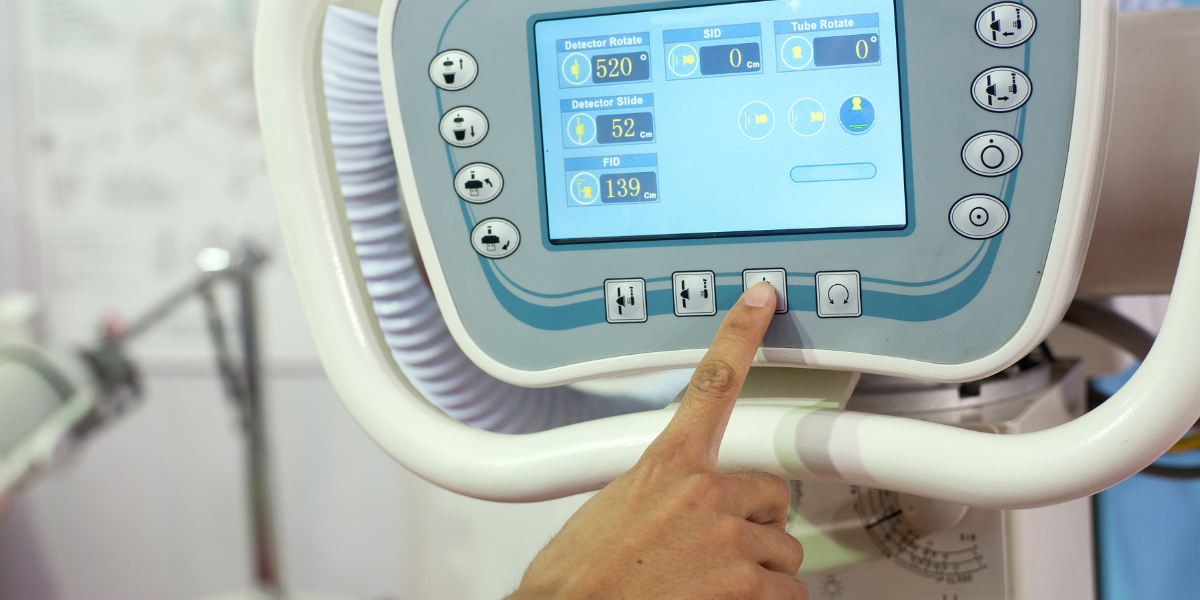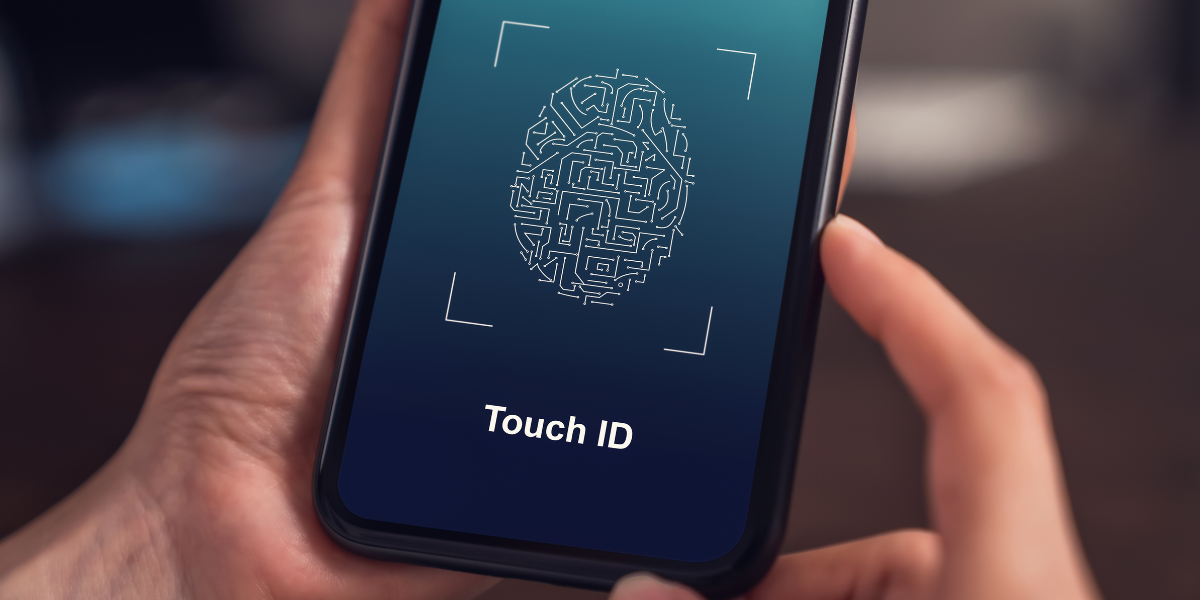Medical devices are critical to the healthcare industry, helping professionals diagnose and treat patients with greater precision and efficiency. However, as medical devices continue to innovate, the user interfaces that control them must also evolve. Medical professionals and patients are becoming more technologically literate and have different needs and expectations as compared to those before the invention of personal computers and smartphones.
The user interface includes the buttons and screens of the device as well as graphics such as overlays and labels that direct a user on how to operate it. User interface design is critical, especially in the medical industry. The last thing you want when laying on the operating table is your physician hitting the wrong button because of a confusing design.

Current Trends in Medical Device User Interfaces
Traditionally, user interfaces for medical devices need to be durable and provide clear instructions. Here are some other current trends for medical device user interfaces:
- Simplification
One of the most significant trends in medical device user interfaces is simplification. Medical devices are becoming more user-friendly, with simplified interfaces that are easier to navigate. Simple designs that include colors to signify specific vitals, such as red for heart vitals, are increasingly common. This trend is driven by the need for medical professionals to quickly and efficiently use devices without spending excessive time reading the device.
- Remote Monitoring
Another trend in medical device user interfaces is the integration with other technologies. For example, many devices now integrate with mobile applications, allowing patients to track their health data and interact with their healthcare providers remotely.
Another convenient and comfortable way to track patient data remotely is to incorporate biometric sensors into medical devices.
- Customization
Medical devices can take years to go through the design process and receive FDA approval. After all your time and effort, you don’t want just any off-the-shelf part for your device. User interfaces need to be customized to your specific device. Many medical devices now offer customizable interfaces that can be tailored to the needs of individual patients and medical professionals.
- Increased Automation
Automation is becoming more prevalent in medical device user interfaces. Devices can now automate many tasks, such as patient monitoring and data collection, which allows medical professionals to focus on other critical tasks.
- Biometric Security
For increased safety, some medical devices have enabled biometric security to ensure that only select people can operate the device. You don’t want a patient to administer treatment on their own, so some machines require nurses and physicians to scan their fingerprints in order to operate it.

Future Trends for Medical Device User Interfaces
You don’t want to design your user interface for the needs of today but rather for the needs of tomorrow. As medical devices become more advanced, here are some new features for user interface designs to look out for:
- Enhanced Data Visualization
Medical devices will continue to offer more advanced data visualization tools, making it easier for medical professionals to interpret data and make informed decisions.
- Motion Sensing
Since most medical professionals wear gloves, medical devices may begin offering hands-free operation with motion sensing. With motion sensing, machines are touched less, which means equipment is cleaner.
- Voice Recognition
For an added layer of security and to allow hands-free operation, voice recognition technology will become more prevalent in medical device user interfaces. Voice recognition can also allow medical professionals to multitask if they can speak commands to the device while treating the patient.
- Artificial Intelligence (AI) and Machine Learning (ML)
The use of AI and ML in medical device user interfaces will allow devices to learn and adapt to the needs of individual patients and medical professionals. As AI and ML evolve, they can anticipate trends or problems before they arise.
- Augmented Reality (AR)
AR will become an increasingly important tool in training medical professionals on how to properly use medical devices before they are put into life-or-death situations. AR will give medical professionals a hands-on, immersive experience with medical device user interfaces.
Force sensing resistors, which measure pressure, can also help with training by providing hand and finger placement feedback.
.png?width=1000&height=500&name=Medical%20Device%20User%20Interface%20Trends%20(1).png)
Conclusion
Medical device user interfaces are continuously evolving, with the focus on simplification, customization, integration with other technologies, and increased automation.
Looking forward, we can expect to see even more advanced tools, such as enhanced data visualization, AI and ML, voice recognition, AR, and integration with EHRs. These advancements will help medical professionals provide better care to their patients while also improving the overall efficiency of the healthcare system.
If you’re ready to start your next medical device project, reach out to our team of experts, who will help bring your idea from sketch to full-scale production.
